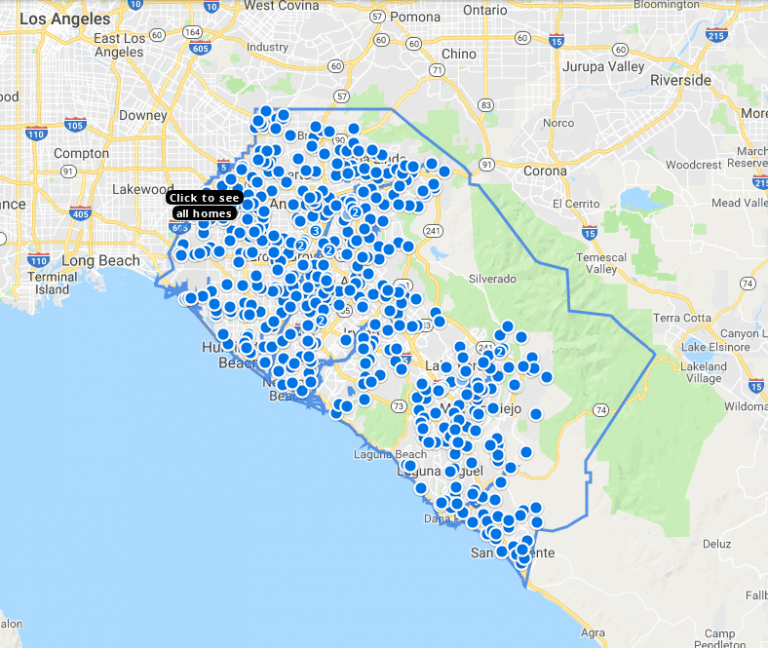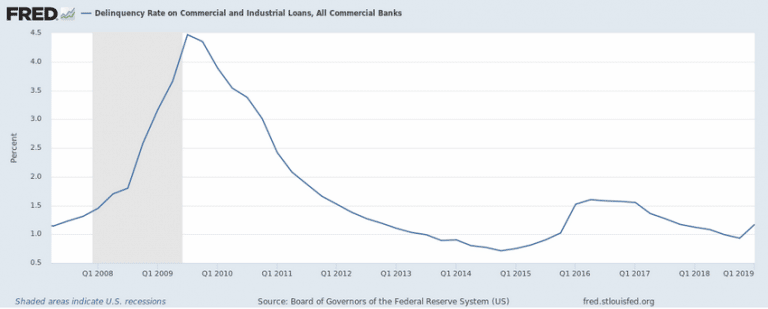Are Real Estate ETF’s The Next Big Trade?
A subscriber recently mentioned getting into a real estate ETF so we started going over the data which may suggest the Real Estate sector could become the next big trade over the next 12+ months. The news that the US Fed may decrease rates in an attempt to front-run global economic weakness and real estate market weakness may result in a waterfall event in local and regional real estate markets. This type of event could become a fantastic trading opportunity for technical traders.
Recently we have been talking about the unit and very different opportunities in other physical assets like precious metals. Each metal is unique for market timing has its own personality. Our gold predictions are an eye-opener, why silver is awesome, and our most recent analysis on platinum is timely.
Overall, our research has been focused on one of the hottest markets anywhere in the US, California. Los Angeles, Ventura County, Orange County, San Diego, and San Francisco make up the entire massive Southern California real estate market. The California real estate market is a fairly strong indicator for weaker market segments because the number of transactions taking place across the 400+ miles spanning San Francisco to San Diego represent multiple trillions of dollars, vast segments of consumers and types of housing as well as an incredibly diverse economic landscape ranging from coastal regions, farming regions, cities, technology hubs, agriculture and dozens of others (source).
Our concern is that a rate decrease by the US Fed may be interpreted as a “move to attempt to abate fear” instead of a “move to support the markets”. If this decrease in rates does happen and at-risk homeowners fear the Fed is trying to push buttons to adjust the consumer environment toward a “buying bias” and sellers become scared, then the race to sell faster (decreasing prices to attract buyers) may become the norm. In other words, in an effort to support the markets, the Fed could take actions that remove the floor from the markets as sellers attempt to get the best price possible before buyers become aware of the “race to the bottom” in terms of pricing.
At-risk homeowners are under increasing pressures as pricing, income and other expenses seem to have wreaked havoc with what was a traditionally strong real estate market just three years ago. It appears the Fed has raised rates just enough to start to show the cracks in the dam in Orange County and LA County, California. The increasing number of blue dots, as well as the continue “price drops” in these areas, are a very clear sign that the “hot market” is now just “mildly warm and cooling fast”. Prices are past the peak and are already starting to decline fairly rapidly.

Additionally, delinquency levels for commercial and industrial loans are starting to rise dramatically – much like what happened in 2007 – just months before the credit market crash in 2008. Commercial and Industrial loan delinquencies rose sharply from 1.14 in Q2 2007 to 1.45 in Q1 2008 – eventually peaking at 447 in Q3 2009. Currently, Delinquency levels are at 1.17 – up from 0.93 for Q4 2018. If this trend continues past September, we could be looking at a very different real estate economic picture by the end of 2019 or early 2020 (Source).

CONCLUDING THOUGHTS:
Our interpretation of the US housing market is that buyers are becoming more opportunistic as they are watching the markets and watching how sellers are dropping prices in an attempt to attract a sale. Buyers have not seen this type of activity since early 2007-08 or so when sellers were getting desperate to get out of their homes near the top of the market. At the same time, watching how sellers attempt to push their home into the hands of buyers creates a shifting dynamic in the Real Estate market. All the sudden it went from a seller’s market and is now shifting into a buyers market.
The rates of delinquencies, consumer confidence, and levels of disposable income all factor into the market’s reactions to price and sales activity. When buyers believe it is opportunistic to buy, they will move mountains to attempt to acquire a home or an asset. When buyers believe it is not opportunistic to buy an asset, they will likely decide to wait for a more opportunistic time to make their purchase.
In part II of this article, we will share our research that highlights the incredible trade setup related to the Real Estate market and how technical traders can position their portfolios for this move.
I can tell you that huge moves are about to start unfolding not only in real estate, but metals, stocks, and currencies. Some of these super cycles are going to last years. Brad Matheny goes into great detail with his simple to understand charts and guide about this. His financial market research is one of a kind and a real eye-opener. PDF guide: 2020 Cycles – The Greatest Opportunity Of Your Lifetime
As a technical analysis and trader since 1997, I have been through a few bull/bear market cycles. I believe I have a good pulse on the market and timing key turning points for both short-term swing trading and long-term investment capital. The opportunities are massive/life-changing if handled properly.
I urge you to visit my Wealth Building Newsletter and if you like what I offer, join me with the 1 or 2-year subscription to lock in the lowest rate possible, get a FREE BAR OF GOLD and ride my coattails as I navigate these financial market and build wealth while others lose nearly everything they own during the next set of crisis’.
Chris Vermeulen
www.TheTechnicalTraders.com

